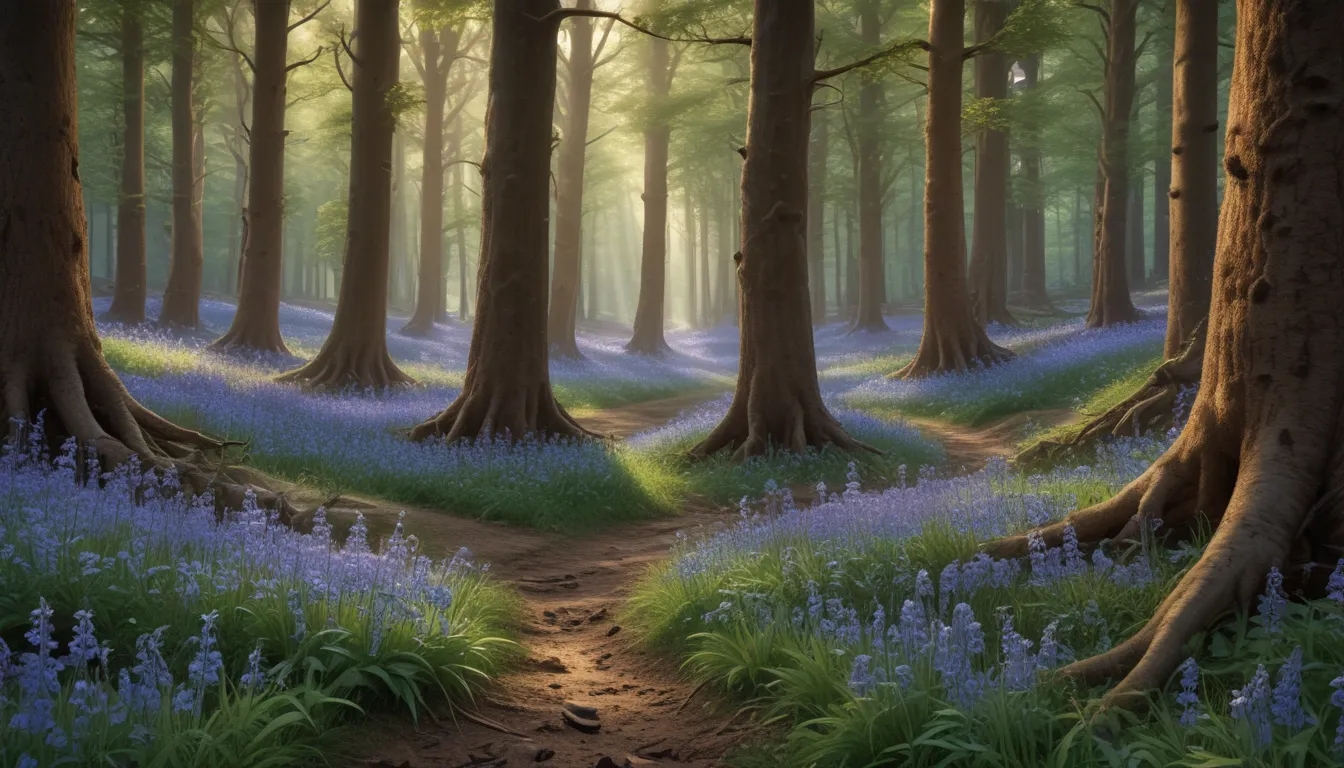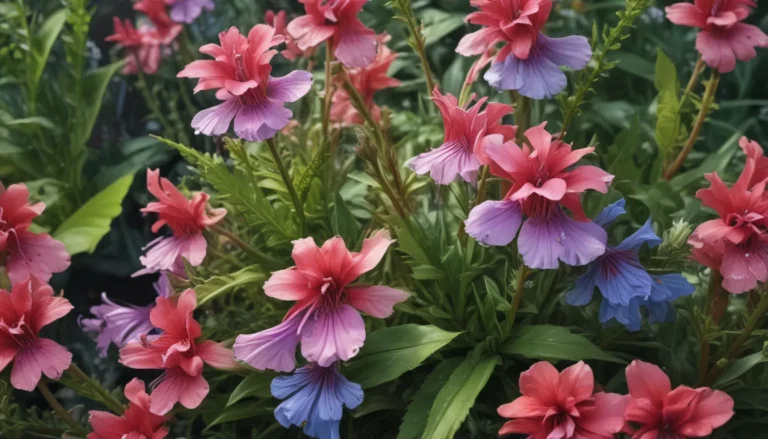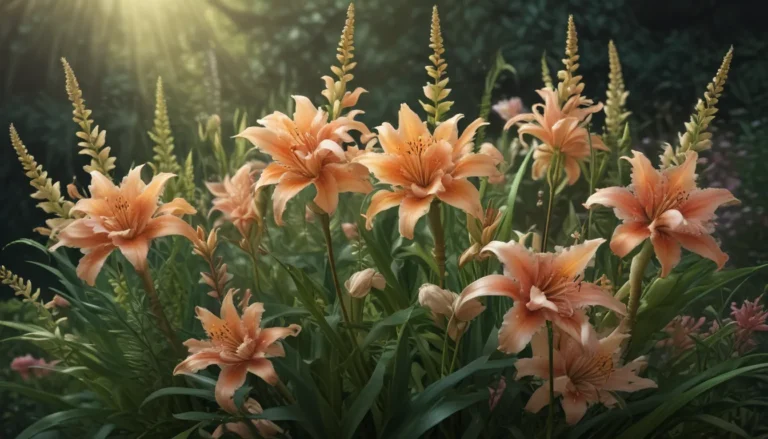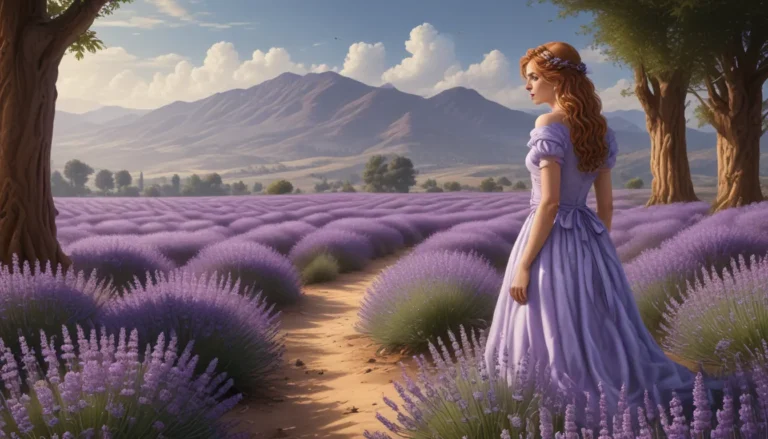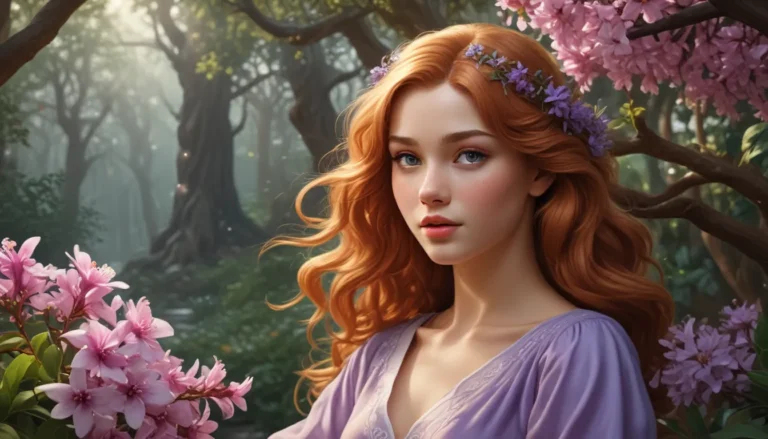The pictures we use in our articles might not show exactly what the words say. We choose these pictures to make you interested in reading more. The pictures work together with the words but don’t take their place. The words still tell you the important facts.
Are you enchanted by the beauty and fragrance of bluebells? These stunning flowers, scientifically known as Hyacinthoides non-scripta, have a rich history and remarkable characteristics that go beyond their aesthetic appeal. Native to Europe, bluebells symbolize springtime and renewal, captivating the hearts of many with their delicate blooms.
Join us on a journey into the world of bluebells as we uncover 19 unbelievable facts that will deepen your appreciation for this remarkable plant. From mystical folklore to essential roles in ecosystems, bluebells have a story to tell that will leave you in awe.
The Allure of Bluebells
- Bluebells, also known as Hyacinthoides non-scripta, are perennial plants in the Asparagaceae family, with beautiful blue bell-shaped flowers.
- Native to Europe, bluebells thrive in temperate climates and can be found in woodlands, meadows, and gardens.
- These enchanting flowers bloom in spring from April to May, covering the forest floor with a vibrant carpet of blue.
- Bluebells emit a distinct sweet fragrance, adding to the sensory experience of being surrounded by their beauty.
Ecological Importance
- Bluebells are a protected species in countries like the United Kingdom, where it is illegal to uproot or destroy them.
- These flowers play a vital role in ecosystems by providing food for bees through nectar and pollen.
- Bluebells are associated with folklore and mythology, believed to ring to summon fairies and symbolize humility and everlasting love.
- They are often used in traditional medicine for their diuretic and soothing properties.
Botanical Insights
- The scientific name of bluebell, Hyacinthoides non-scripta, means “non-scripted hyacinthoides,” referring to the absence of markings on the flower petals.
- Bluebells thrive under deciduous trees, taking advantage of sunlight before the tree canopy develops fully.
- These flowers reproduce through underground rhizomes, forming dense carpets of blooms over time.
- Bluebells can vary in color, ranging from blue to pink and white, adding to their aesthetic diversity.
Cultural Significance
- Bluebells have inspired art, literature, and music throughout history, captivating artists and writers with their beauty and symbolism.
- Their bulbs were historically used to make glue, showcasing the practical applications of this versatile plant.
- Bluebells are considered a symbol of spring and renewal, representing new beginnings and the awakening of nature.
- Their presence in an area indicates ancient woodlands, as they take a long time to establish and thrive.
Embracing the Magic of Bluebells
Bluebells hold a special place in the hearts of many, evoking feelings of nostalgia, fond memories, and a sense of wonder at the beauty of nature. Whether encountered in the wild or cultivated in gardens, bluebells bring a touch of magic and elegance to any setting, reminding us of the fleeting beauty and resilience of life.
FAQs: Exploring Bluebells Further
-
Where can I find bluebells in their natural habitat?
Bluebells are commonly found in wooded areas, particularly in temperate regions of Europe and North America. -
Are bluebells harmful to pets?
While not toxic, it is best to prevent pets from consuming bluebells to avoid digestive upset. -
Can bluebells be grown indoors?
Bluebells are typically outdoor plants but can be grown indoors with specific care. -
How long do bluebells bloom?
Bluebells typically bloom for a few weeks in late spring or early summer. -
Can I transplant bluebells from the wild?
It is recommended to purchase bulbs or seeds from nurseries to support species preservation. -
Do bluebells have medicinal properties?
Bluebells have been used in folk medicine for various ailments but consult with a healthcare professional before use.
Continue your exploration of bluebells with our other articles delving into their allure, from flower facts to cultural significance. Join us in celebrating the beauty and magic of these enchanting spring blooms.
